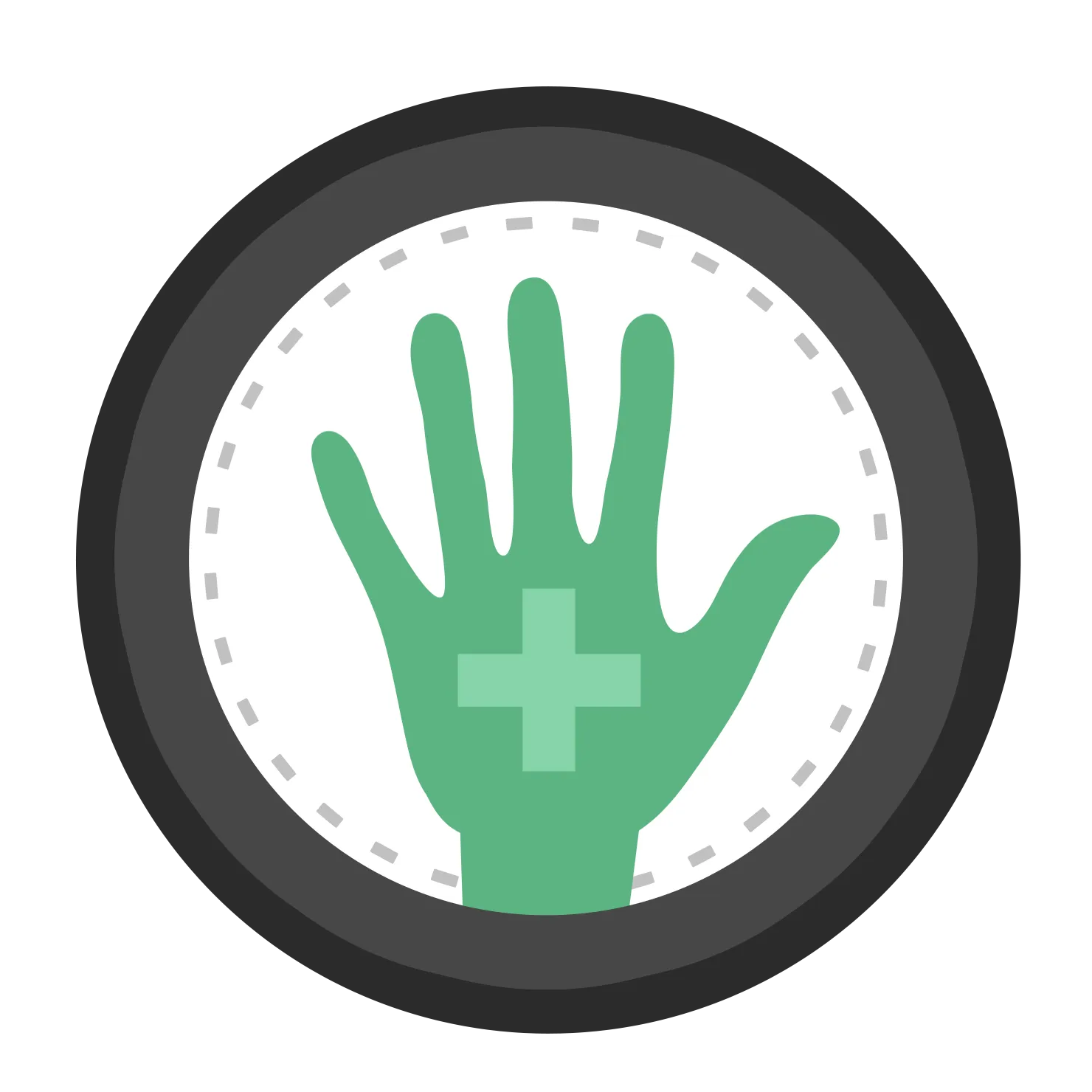More Hand Conditions we treat at The Hand and Wrist Clinic
Infections
Hand infections can arise from various sources, such as cuts, animal bites, or contact with contaminated objects. Symptoms may include redness, swelling, warmth, and pain. Infections can affect any tissue layer within your hand including skin, fascia, tendon, muscle, bones and joints. Each type of infection may present differently and spread at different rates. Timely treatment is crucial to prevent the spread of infection and potential complications.
Nail Abnormalities
Abnormalities in nail growth or appearance can result from injury, infection, arthritis or many systemic conditions. Changes may include discoloration, thickening, or separation from the nail bed. Proper diagnosis is key to addressing the underlying cause.
Numb Hands
Numbness in the hands can be caused by nerve compression, such as in carpal tunnel syndrome, or systemic diseases like diabetes. Persistent or more frequent episodes of numbness or pins and needles should be evaluated to prevent permanent nerve damage.
Pseudogout
Similar to gout, pseudogout is caused by the deposition of calcium pyrophosphate crystals in the joints leading to painful swelling. Management includes medication to control pain and inflammation, and lifestyle modifications.
Painful Finger Joints
Pain in the finger joints can result from various conditions, including arthritis, injury or overuse. Accurate diagnosis is essential for effective treatment, which may range from conservative therapy to surgery.
Stiff Fingers
Stiffness in the fingers can be due to many conditions including arthritis, tendon injuries, Dupuytren's Disease, CRPS or prolonged immobilization. Treatment focuses on restoring mobility and may include physical therapy, splinting or surgery.
Tumours
Hand tumors can be benign (non-cancerous) or malignant (cancer) and may affect bones, soft tissues, or skin. Any persistent lump, growth or discolouration should be evaluated by a specialist to determine the appropriate course of action.
Take the First Step Towards Healing
At The Hand and Wrist Clinic, we understand that hand conditions can significantly impact your quality of life. Led by Mr Nik Jagodzinski, our team is committed to providing the highest standard of care for a wide range of hand issues. Whether you’re dealing with infections, numbness, pain, stiffness, or any other hand- or wrist-related concern, we have the expertise to help.
Don’t let hand conditions hold you back. Get in touch with us today to see how we can help restore the health and functionality of your hands, allowing you to enjoy life’s activities to their fullest.
